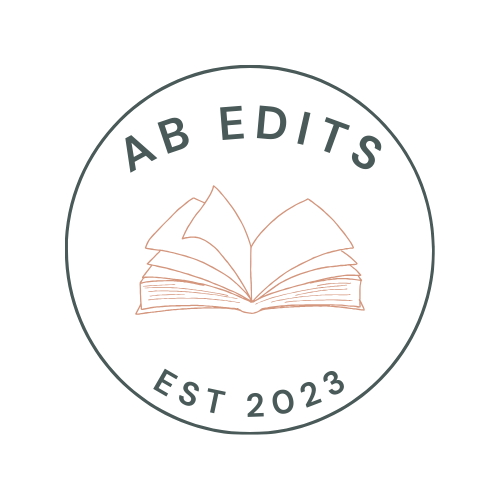Plain language and the elegant art of interior book design
I recently attended an Editors Canada webinar about the organization’s new Professional Editorial Standards. The webinar highlighted the fact that for the first time, the Standards incorporate “plain language principles,” which are based on the International Plain Language Standard.
I have a longstanding interest in plain language and am a firm believer in its benefits. Plain language can improve written communication in virtually every field, but it’s particularly helpful in legal writing, which is notoriously complex and hard to understand. (I describe this problem and offer a solution in an earlier post.)
I came out of the webinar with a deeper understanding of plain language and an appreciation for how it’s evolved over the years.
I’d always associated plain language with words: choosing the right words and putting them in the right sequence so as to communicate a specific idea. But as I learned from the webinar, plain language is so much more expansive than that. The International Plain Language Federation provides the following definition for plain language: “A communication is in plain language if its wording, structure, and design are so clear that the intended audience can easily find what they need, understand what they find, and use that information.” One noteworthy aspect of this definition is that “structure” and “design” are given equal weight to “wording.” The role of design particularly piqued my interest.
Design plays a pivotal yet little-known part in written communication. Incidentally, seasoned book designer Debbie Berne just published The Design of Books: An Explainer for Authors, Editors, Agents, and Other Curious Readers. I have yet to acquire or read the book itself, but I enjoyed her article, “Not Just Covers, But Every Page: Why Writers Should Talk About Book Design Early On,” in the online journal Literary Hub. Her book introduces readers to the world of interior book design, and Berne generously shares the knowledge and insights she’s gleaned throughout her career.
Book design is not for the indecisive among us: it requires a huge number of micro decisions, each of which carries its own host of considerations. (Frequenters of this blog can attest to my affinity for the micro—the subject of my last post.) Some of the questions the book designer might ask include:
Which font? How big? How bold? Italic? Centered or no? In a single line, neatly stacked, cascading?
These decisions are consequential. Indeed, book design can either underscore parts of the author’s text or minimize them, thereby altering the meaning of book.
White space—the area between and around the text on a page—is a prime example of this phenomenon. White space can appear as blank pages, margins, line spacing, and kerning (the space between letters). It is a powerful tool that can influence the reader’s experience of the text. White space is especially impactful at the start of a new chapter:
There is space at the start of a new chapter, announcing to the reader: new subject, new idea, new time period, new location, new character, a pause in the story, or whatever the author is doing dividing up their text. Designers signal this literal break with a visual break. Empty space. Quiet.
Though I spent over a decade working in publishing and have read plenty of books, I admit that I never thought much about white space. But Berne has opened my eyes to what’s been there (or not there?) all along.
It’s clear that book design has a major influence over the reader’s experience in obvious and more subtle ways. I’m eager to learn more about the topic, especially as it pertains to plain language communication.
Suggested reading
Stephen King, On Writing: A Memoir of the Craft
Brian Garner, Legal Writing in Plain English
Debbie Berne, The Design of Books: An Explainer for Authors, Editors, Agents, and Other Curious Readers
